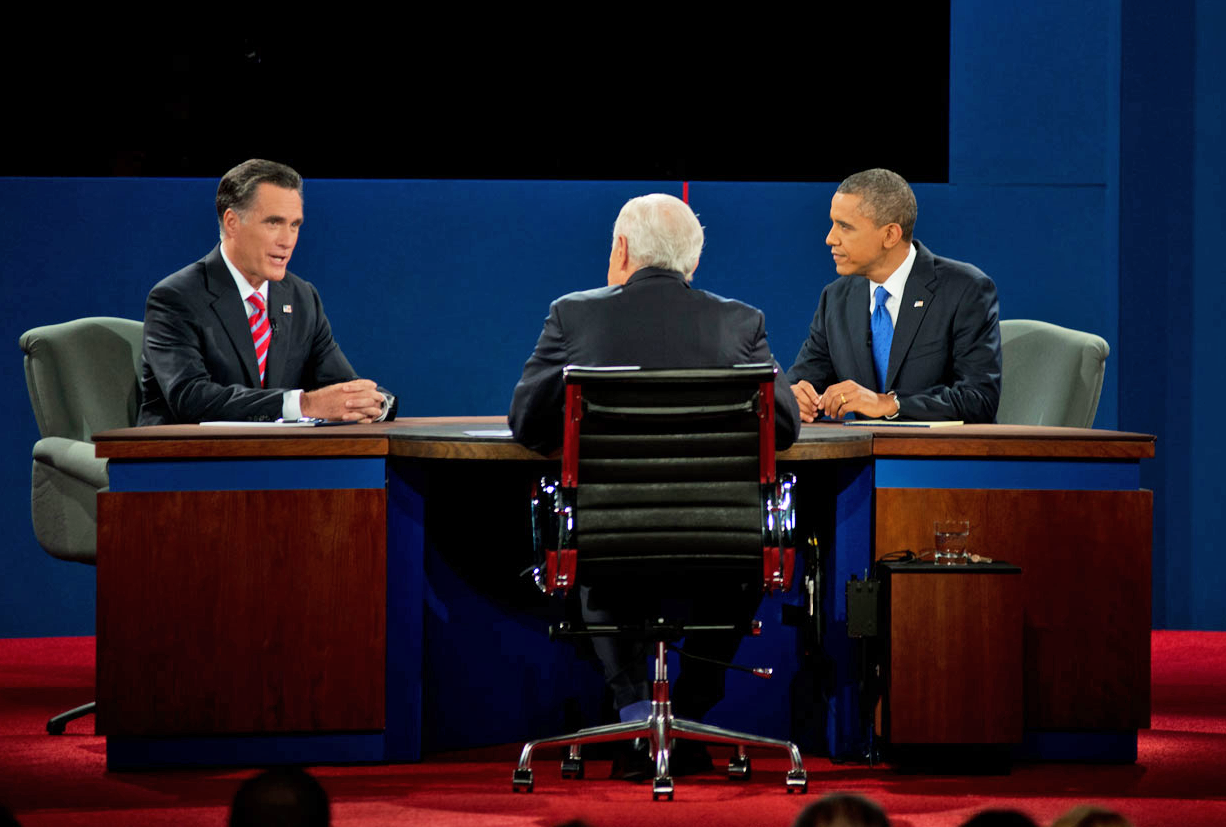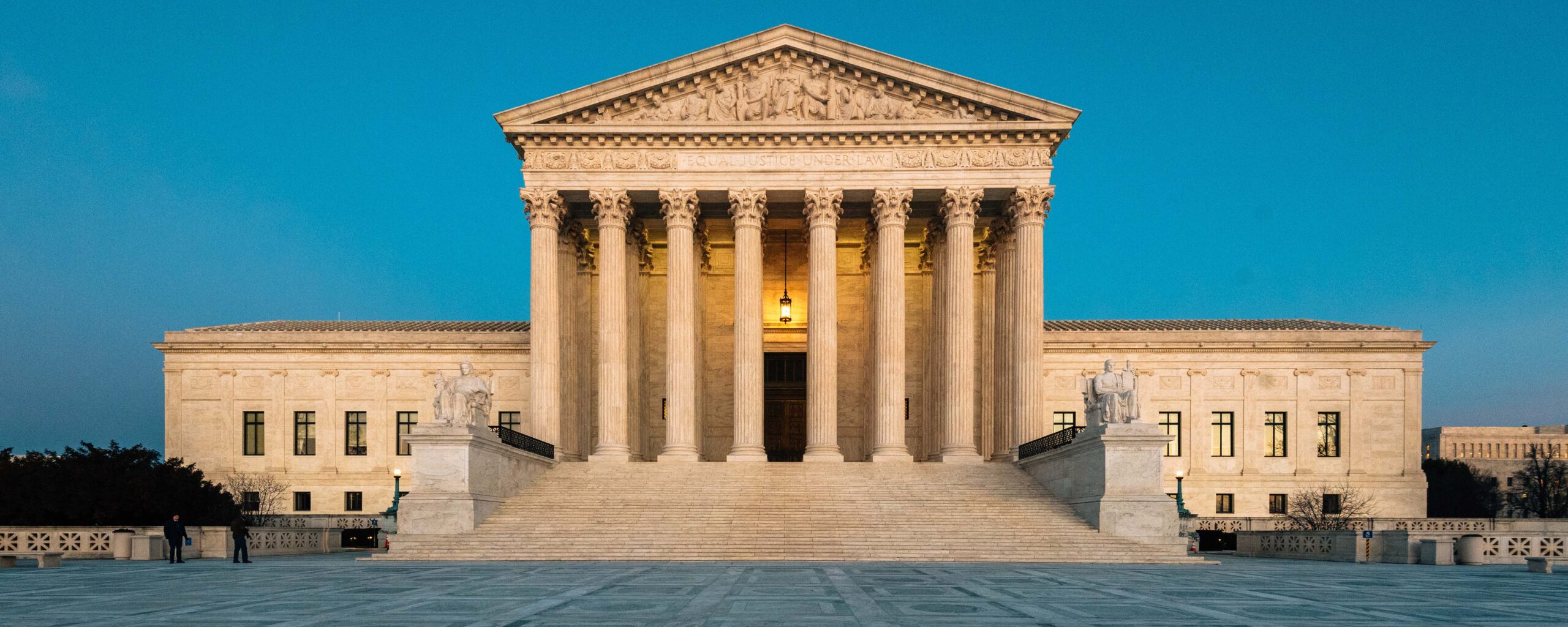People watching presidential debates on television learn less about the candidates if they are simultaneously following social media such as Facebook and Twitter than debate viewers who aren’t using social media at the same time, a new study has found.
Watching debates has long been shown to increase viewers’ knowledge of the candidates. But 2012 presidential debate viewers who were simultaneously “following others’ reactions or issuing their own on SNSs [social networking sites] learned at a lower rate,” according to the study from the Annenberg Public Policy Center (APPC) of the University of Pennsylvania.
The study, published in Political Communication, was based on three waves of a six-wave survey of U.S. adults conducted in 2012 by APPC. Two waves in the study followed the second and third debates between President Barack Obama and Republican Mitt Romney and the third took place post-election. Each involved 1,216 or more interviews.

“As young viewers increasingly get news and political information through social media it is important to understand how this form of exposure affects what they know about the candidates and their stands on the issues,” said Annenberg Public Policy Center Director Kathleen Hall Jamieson.
“Overall, debates are still an incredibly powerful forum in which people can learn about the candidates,” said Jeffrey A. Gottfried, lead author of the Annenberg study. He worked on the study as an APPC postdoctoral fellow, and is currently a research associate at Pew Research Center. “But social media seem to be distracting viewers from learning.”
Gottfried noted that, surprisingly, the use of social media tended especially to distract TV debate viewers from learning information that is favorable to the candidate they prefer. Among viewers who were following social media, he said, “Those who favored Obama tended to learn less about Obama, and those who favored Romney tended to learn less about Romney than the candidates’ supporters who were watching the debate but not following social media.”
Nonetheless, after controlling for traditional media use, Internet use and other factors, the study found that social-media users generally “were significantly more knowledgeable than non-users about candidate stances and background facts of the 2012 presidential election.”
The findings come as social media are growing as sources of news and information. More than 10 million tweets were produced during the first 2012 debate. The mention of “Big Bird” in connection with PBS funding cuts in the first 2012 debate elicited 17,000 tweets per minute, while Romney’s phrase “binders full of women” in the second debate hit 40,000 tweets per minute. Facebook is one of the top three sites in the world, according to Alexa.com.
In the Annenberg survey, more than one in five people who watched at least some of the 2012 debates reported simultaneously following people’s reactions on social media. Their responses varied by age: For instance, 44 percent of 18- to 29-year-old viewers of the third presidential debate used social media at the same time, though only 10 percent of those ages 50 and up did.
The study was designed to explore whether social media use interferes with the acquisition of knowledge during debate-viewing. “Unlike the more traditional forms of multitasking,” the researchers wrote, “debates and social media are two simultaneous live streams of information about the same event – providing information about the live event as it occurs.” The researchers added that “communicative multitasking” in such instances has not been systematically studied.
The researchers concluded: “While watching a debate with or without simultaneous social media engagement is better than not viewing a debate at all, the effect of debate viewing is dulled when simultaneously engaging in social media multitasking. Were social media use during debates to become more pervasive in subsequent election cycles, this phenomenon could erode the positive effects of debate viewing.”
One takeaway: “If you want to learn as much as you can about the candidates’ stands, don’t simultaneously use social media,” said Bruce Hardy, an assistant professor in the Department of Strategic Communication at Temple University and an APPC distinguished research fellow.
A bipartisan group of experts in presidential debates, organized by the Annenberg Public Policy Center, called last year for a series of format changes in presidential debates that would make them more accessible to a younger and more diverse audience. (See “Democratizing the Debates” by the Annenberg Working Group on Presidential Campaign Debate Reform.)
The study is based on APPC’s Institutions of Democracy 2012 Political Knowledge Survey, a six-wave national cross-sectional telephone survey of U.S. adults. The study relied on three of the waves – surveys in October 2012 following debates two (1,233 people) and three (1,248 people), and a post-election survey in November (1,216 people). The third survey included 30 knowledge questions about the candidates’ stances and the election. The phone surveys were conducted by the research firm SSRS.
In addition to Gottfried, Hardy and Jamieson, the study’s authors were R. Lance Holbert, chair of the Department of Strategic Communication at Temple University and an APPC distinguished research fellow, and Ken Winneg, managing director of survey research at APPC.
To read the study, “The Changing Nature of Political Debate Consumption: Social Media, Multitasking, and Knowledge Acquisition,” click here. To download this release, click here.

